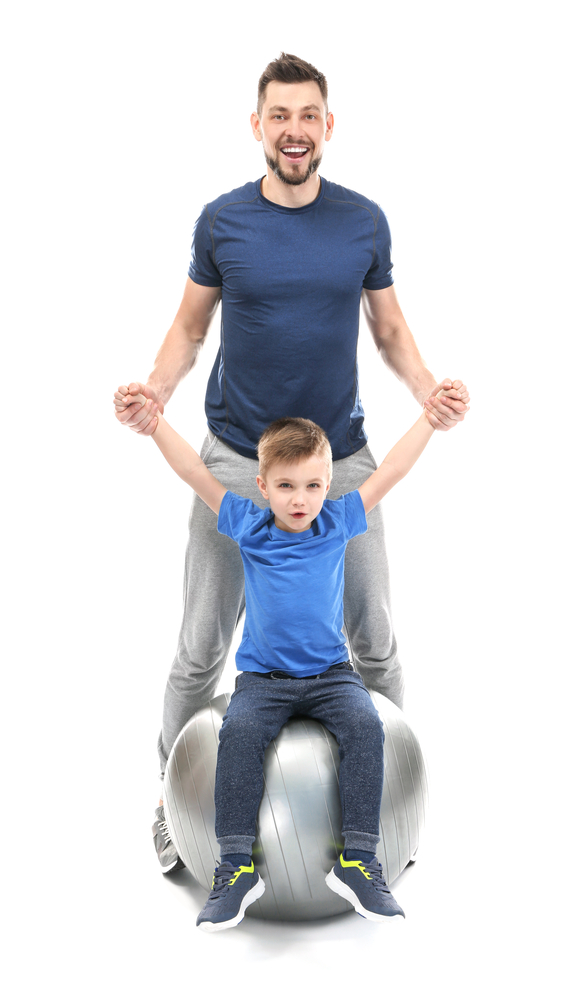Free Downloads & Checklists, General Information
Executive Functioning in Children
Executive functioning is the ability to plan, focus, remember, and juggle multiple tasks. This skill is not developed in the young pre-schooler and during the early school years. Teachers and parents support these children, helping them remember lessons, plan activities and expect shorter timeframes to focus on tasks.
However, these skills should fully function when the child enters high school. Adults gradually reduce support from preschool to about 12 years old and encourage children to be independent in planning, remembering, and juggling multiple tasks.
Many children and adults struggle with executive functioning with huge impacts on their daily life, success and joy.
Struggles are generally linked to:
- planning and organisation
- concentrating and managing mental focus
- analysing and processing information
- managing emotions and behaviour
- remembering details
- managing time
- multitasking
- solving problems
They might be prone to socially inappropriate behaviour, have difficulty learning from experience, and have problems starting, organising, planning or completing tasks. They often have the label of being uncoordinated.
Many parents mention the typical struggle to get their child out the door on time for school. They tend to procrastinate, be distracted, having trouble remembering all books, bags and necessities for a given day.
These struggles may (or may not) lead to poor academic performance and difficulty maintaining friendships; they might have mood issues with lower-than-expected self-esteem.
Executive functioning is not a diagnosis but rather a symptom of other conditions such as Attention Deficit Hyperactive Disorder (ADHD), Oppositional Defiant Disorder (ODD), Conduct Disorder (CD), Higher Functioning Autism (HFA), depression and anxiety, and others.
One can temporarily suffer from executive functioning difficulties during times of exhaustion (as a mother, I recall the typical “baby brain”!), severe pain, stress and, of course, the use of drugs and alcohol.
Seven ideas to develop executive functioning in your child

-
-
- Develop essential motor skills
Believe it or not, motor planning is the beginning of executive functioning. Develop the foundational sensory motor skills as compiled in CoordiKids Home Course. A typical sensory processing disorder test, for example, the Sensory Processing Measure, has a section for “planning”. This means planning body movements, but it impacts executive functioning. When motor planning improves through ideal exercises and sensory integration therapy, one notices huge improvements in executive functioning, emotional regulation and self-esteem. -
Use rhythmical movements to regulate the body and brain
Moving on to a rhythmical and slow beat helps to regulate the body and brain to be calm and focused. Many children tend to rush through tasks and movements. Once they are forced to slow down, one notices difficulty with motor skills and regulating the body. CoordiKids Home Course uses many exercises on a slow beat, relaxation and deep breathing to calm the body and brain towards improved focused attention. - Have fun with obstacle courses
I love obstacle courses! The kids love them, too, while they have fun developing skills. One can use any set of activities in an obstacle course. I usually start with gross motor activities such as walking beams, ball play, jumping, running towards a target, and climbing under and over obstacles. Ask the child to help with planning the obstacle course. Then time the child doing it and discuss strategies to improve time, lessen mistakes and improve competence in each part. Repeat and see if the child can improve the time taken to complete. Consider all safety precautions to prevent injuries. Expand on the initial set of activities by increasing the complexity and the number of steps in the obstacle course. This will develop the foundation of executive functioning and develop skills in the uncoordinated child. - Break the task into manageable steps
Should your child struggle to complete any job, identify the steps in the job, name them in the order that they should be done, and expect the child to do one at a time. Gradually increase the number of steps to complete as the child develops and matures. For example, the child must tidy their room.
The steps might be like the following:- Pack toys away
- Put dirty clothes in the laundry
- Make your bed
- Vacuum your carpet and floor
- Empty your dustbin
Initially, you might have to sit with your child to support but over time, your child will do one or more steps independently. You might check after each step, compliment the child if done correctly, and indicate the next step. The uncoordinated child might need more guidance with motor tasks such as vacuuming.
- Download the CoordiKids Planning Chart
The CoordiKids Planning Chart is a handy chart to be laminated and used at different locations at home. Use it as often as possible when the child commences with a task. You can use it when planning an obstacle course, doing chores and doing school homework.

You and the child should “Stop”, meaning thinking about the task, not rushing (as many children prefer to do!).

The next step is to identify the goal of the task, for example, a tidy room, or a peaceful day when arriving at school with all homework done.
You and the child identify the steps to complete the task and reach the goal. The child do the task by following the steps with your support as necessary, and then you both check to see that the goal is reached.
Download the Coordikids Planning Chart by filling in the form below - Develop essential motor skills
- Use backward scaffolding
Should your child demonstrate many challenges with planning, consider backward scaffolding. This means you as the parent identify the goal and start with the goal to put the steps in place from the completed task to the first one the child should do. You can also complete most of the steps and leave the last one or two for the child to do. This works well with art projects, Lego, and tidying a drawer or cupboard. - Start with one and gradually expand to all areas of the child’s life
Find the biggest pain point in your family. Is it to get to school on time, and complete homework or chores? Start with only one “project” using the steps mentioned and supporting your child towards success. Support your child as much as necessary, and gradually reduce support as your child build skills.
It can be surprising to see that even teenagers need these steps of support if they have problems with executive functioning, especially if they also demonstrate uncoordinated movements and disorganisation of the body and belongings.
More than one parent has mentioned: “I noted that I have more problems than my child!”. If that is the case, please ask for help and support. We are trained to help both children and adults.
-